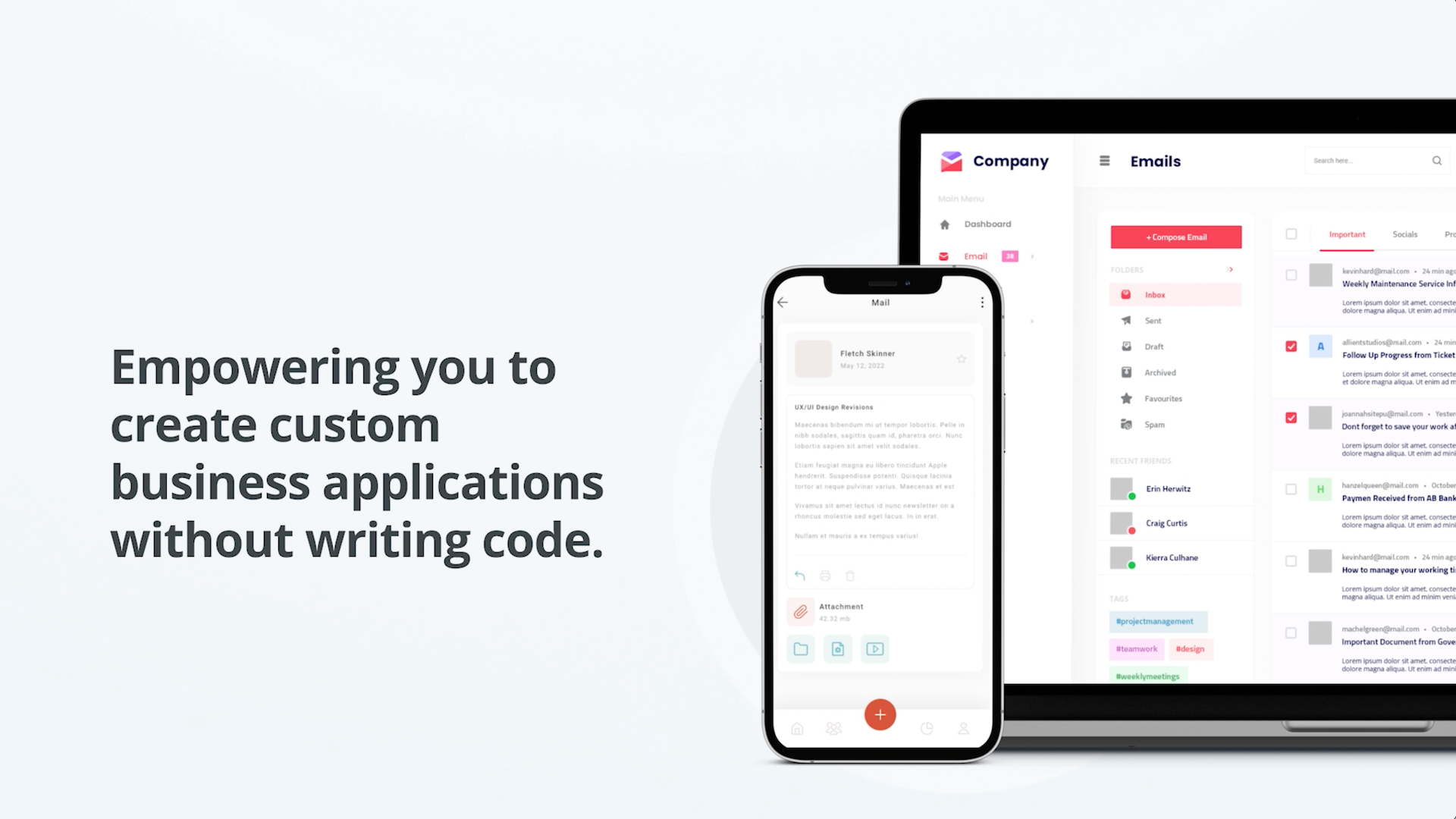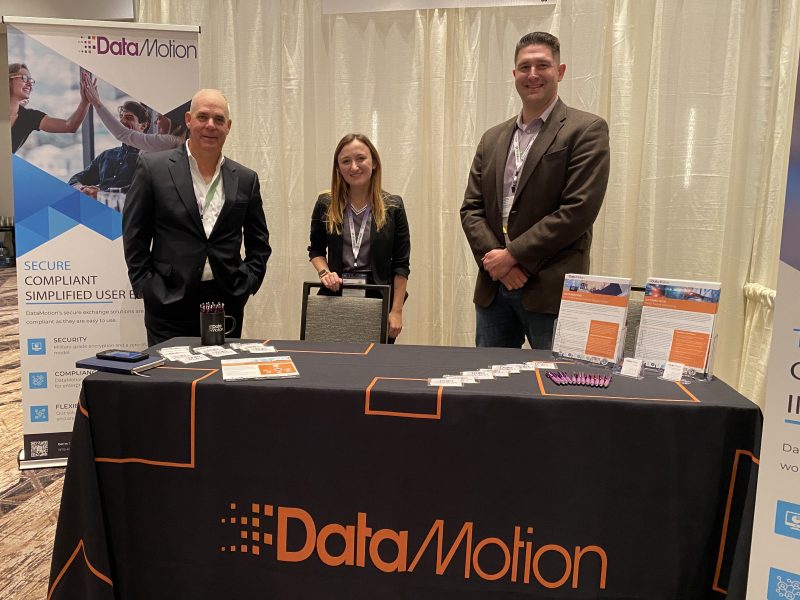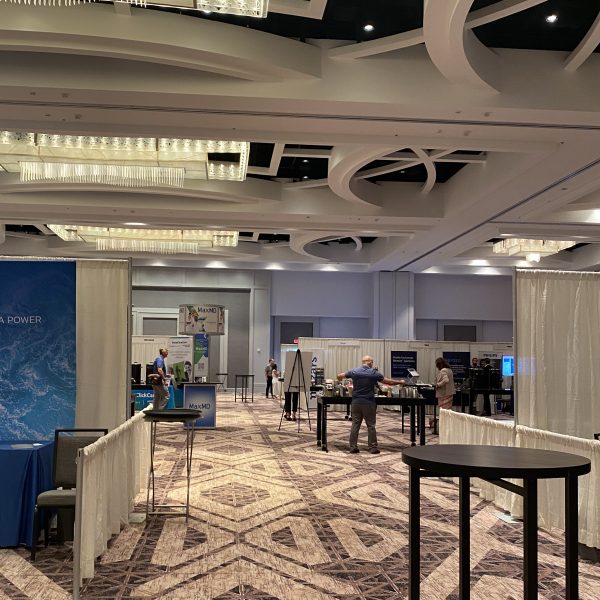From the Classroom to Coding: Meet Janelle Phalon, DataMotion Developer Advocate
DataMotion is pleased to introduce our new Developer Advocate, Janelle Phalon. Janelle recently switched careers, coming to DataMotion from the education field. In this interview, Janelle shared a little about herself and her background, her new role, switching careers, and why she is excited to be part of Team DataMotion.
Team DataMotion: Janelle, thanks for your time, and welcome to the team! It’s great to have you here. Tell us a little about your background and how you come to DataMotion.
Janelle Phalon: I want to start by thanking the DataMotion team for the warm welcome. I am excited to be here and happy to shed some light on my role as Developer Advocate. I have a dual degree in Secondary Education and English Literature from William Paterson University, and decided to pursue a career as a teacher. My students’ innate ability to learn inspired me to pick up new skills, which helped me discover my passion for coding. I enrolled in Columbia Engineering’s Coding Bootcamp and completed the course while teaching, earning the title of Full-Stack Developer. This led me to DataMotion as the company’s Developer Advocate.
DM: One interesting aspect of your story is that you came to DataMotion as the result of a career switch. What drew you to the tech industry?
JP: When the pandemic struck, the education field as a whole was forced to adopt new norms. The traditional task of delivering classroom instruction became complex as both teachers and students adjusted to remote learning. This digital transition highlighted the lack of resources available to create engaging lessons, and the scarcity of online teaching tools sparked a new level of creativity within me. I began to compile innovative, simple solutions to everyday challenges – and was driven to develop the programming skills necessary to bring my ideas to life. This pushed me to enroll in Bootcamp, which significantly altered the trajectory of my career.
Starting fresh in a new field isn’t easy, but neither is passing up the opportunity to join an amazing team like DataMotion. The staff works together to create a climate that promotes growth, curiosity, and teamwork – the ideal environment for someone looking to further develop and strengthen their skills.
DM: The role of Developer Advocate is emerging across the industry—could you tell us a little about what a Developer Advocate does?
JP: Although the role does not have a clear definition across companies, all interpretations share the same idea – to empower and support a developer community. We help to bridge the gap between an organization’s internal teams and developers, providing both with helpful feedback to improve their practice. Additionally, an advocate will:
- Continuously educate themselves on popular technologies across the developer community
- Create technical, dev-focused content to aid success with their company’s software
- Engage with developers on Twitter, GitHub, LinkedIn, Stack Overflow, etc., building rapport and providing support as needed
DM: What elements of this role are you most excited about and what do you hope to accomplish?
JP: Teaching and being a Developer Advocate share many similarities, including educating and fostering discussion within a community. I am most excited to continue practicing these skills at DataMotion. My goal as our Developer Advocate is to create high-quality, tech-focused content that supports developers using our APIs. I plan to educate my audience on the DataMotion platform, highlighting the versatility and simplicity of our technologies.
DM: When you meet with a development team, how do you describe what it is we do here at DataMotion, and how our solutions benefit dev teams?
JP: I start by briefly explaining the functionality of our platform – DataMotion APIs and pre-built solutions enable the compliant, secure, bi-directional exchange of data between an organization and their customers and patients, as well as their internal teams. While security is important, I also speak to the ease of use our platform offers, which is a true differentiator from other solutions on the market.
I make sure to speak a bit more about our security, which includes not only military-grade encryption and a governed database, but an overall zero-trust security approach. In short, the DataMotion platform makes implementing and maintaining secure exchange capabilities easy for dev teams.
DM: You just made a great point about differentiators. There are many secure messaging, document, and email exchange solutions on the market. In fact, we’re often called in to simplify the processes involved in those secure send workflows. What are the differentiators that set DataMotion’s services apart from other vendors?
JP: Aside from the ease of use for enterprise staff and their customers, I would say the flexibility and scalability our platform provides are the major differentiators. We meet our customers where they need secure exchange, and make implementation as simple and straightforward as possible, easily integrating into existing workflows. And today’s requirements might not quite align with where an enterprise is tomorrow. This is where DataMotion’s scalability comes in, easily allowing enterprises to meet their future needs, whether it is increasing secure message exchanges or solving additional use cases. The DataMotion team and its customers share a common goal, which sets us apart from other vendors – to easily, and effectively improve the user experience.
DM: Tell us about an interesting project you have worked on.
JP: In Bootcamp I collaborated with classmates to build a full-stack application that helped connect “inventors” and developers. The communication platform targeted two groups – users who have strong ideas but insufficient programming knowledge, and developers looking for work. “Inventors” can share ideas to a newsfeed that developers access in search of projects that fit their interests or skills. Some technologies we utilized include JavaScript, CSS, MySQL, Handlebars, Bcrypt, and Postmark. Overall, the project was a success. What we lacked, however, was a secure message center for confidential, bidirectional communication between parties. Now that I have knowledge of DataMotion’s secure message center API, this sounds like something I should revisit!
DM: Tell us about your experience at DataMotion so far, and your favorite part of being on the team? (Besides the coffee and espresso machine, of course.)
JP: My overall experience has been phenomenal–the DataMotion team welcomed me with open arms. Both the staff and leadership team have been incredibly helpful and have eased my transition into tech. I’ve already gained new perspective from listening to the company-wide team of subject matter experts and industry leaders. Besides the beanbag chairs and M&M dispenser, my favorite part of joining the team is having the opportunity to learn every day. I am encouraged to ask questions, conduct research, and collaborate with teammates to help find success.
DM: Lastly, what is your advice for others who are looking to switch careers and jump into a new industry?
JP: For anyone considering a career change, reflect on the following quote by George Eliot, “It’s never too late to be what you might have been.” When I first began to digest the idea of switching fields, I was hesitant to leave the comforts of teaching. I had an established, successful career that provided stability in my life. However, the quote by Eliot helped to shift my mindset and just go for it!
DM: Janelle, thanks for your time. And again, welcome to Team DataMotion!
JP: No problem. I appreciate you taking time to speak with me! If any readers are still curious about Developer Advocacy, feel free to reach out via Twitter (@dev_janelle) or LinkedIn to continue the conversation!
















